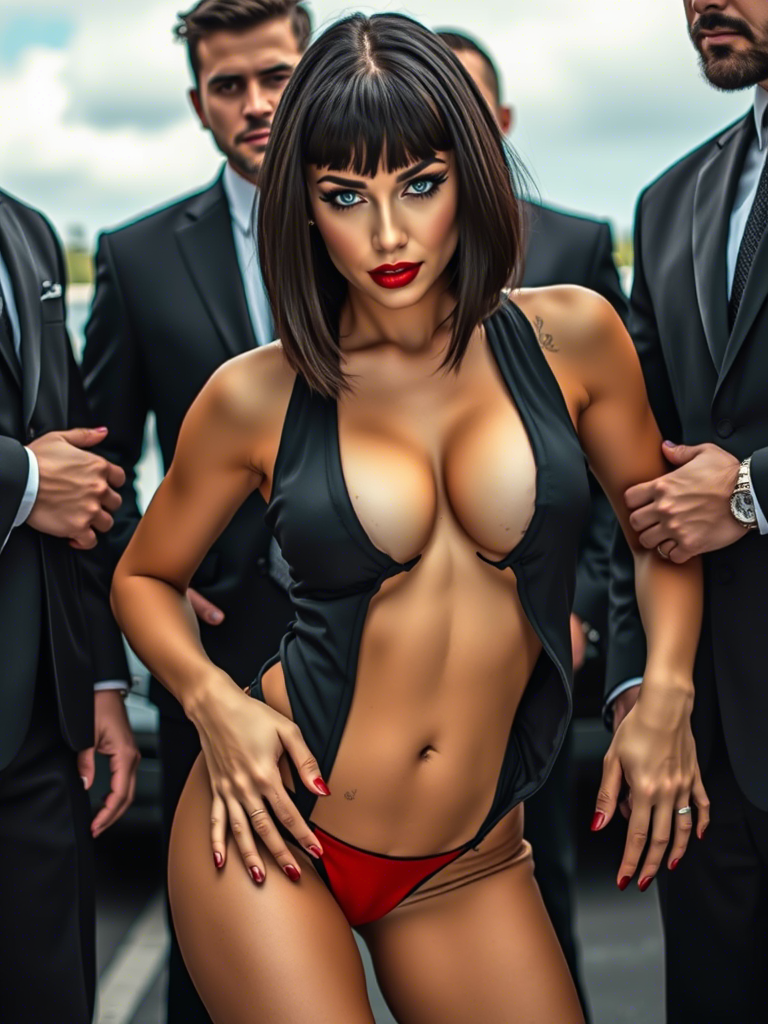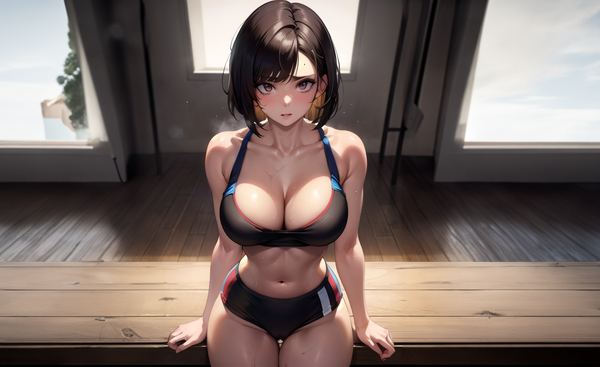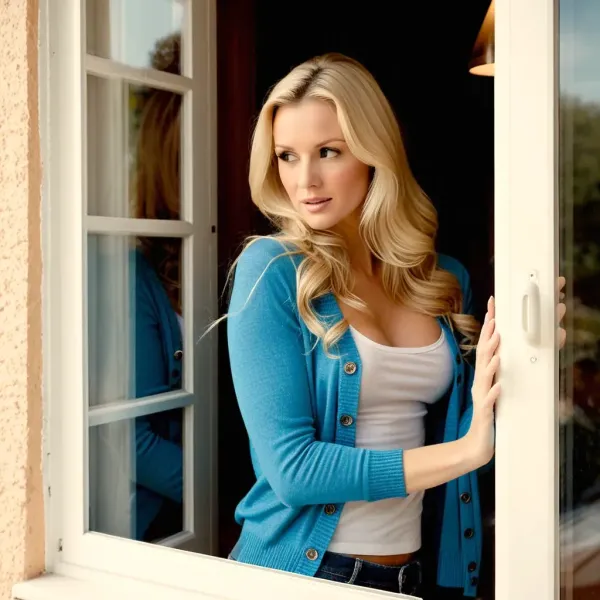AI Video Generator Tools — testing motion & realism
What really makes AI video feel real? Motion, lighting, and micro-detail are key. Here’s a breakdown and link to a full AI video generator list.
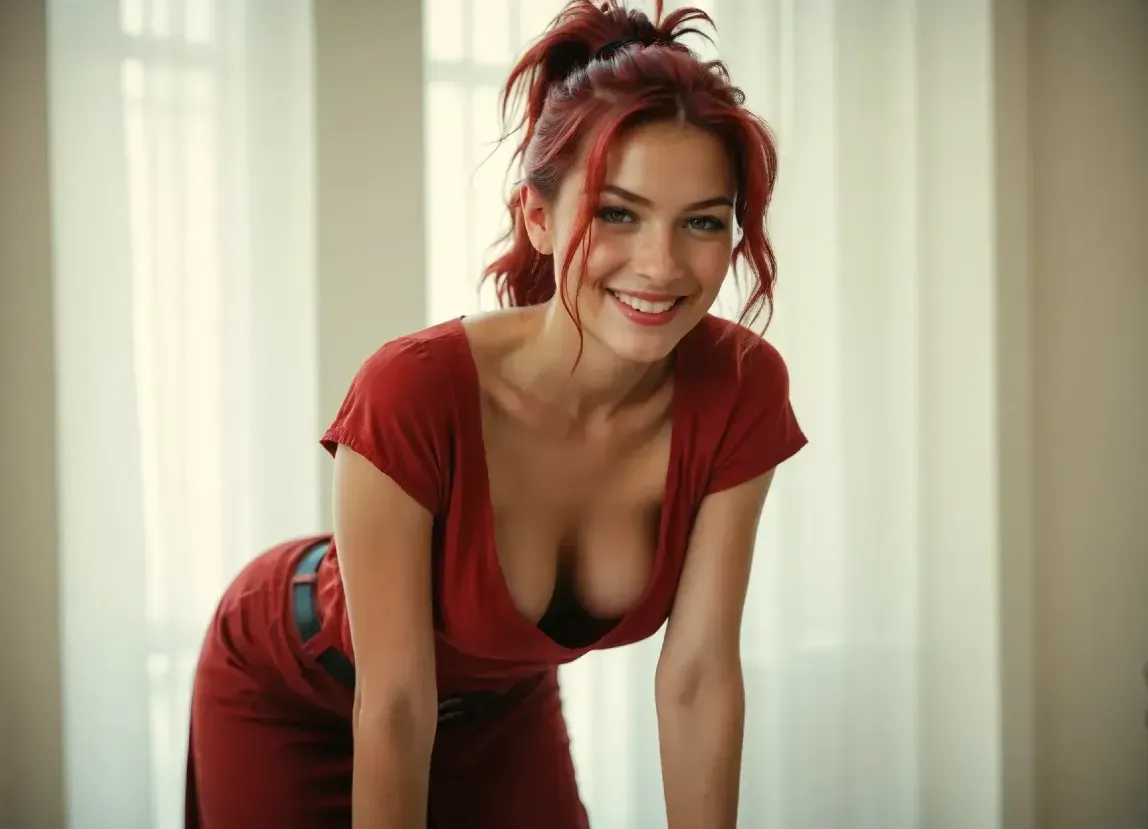
When testing different AI video tools, I kept noticing the same pattern: two clips can be equally sharp, yet one “feels” real while the other looks flat. After a few rounds of experiments, three things consistently made the biggest difference: motion, lighting, and micro-detail.
Motion is the obvious one. If movement is too linear or lacks inertia, the viewer’s brain flags it instantly. Subtle speed variations, camera shake that isn’t mechanical, and object interaction with the environment (shadows, occlusion, depth) all help sell realism.
Lighting is where many models fall short. Scenes look clean but emotionally empty. A small tweak — a slightly warmer practical light or a softer falloff — can add a surprising amount of believability. It’s not just brightness; direction and diffusion matter more.
Finally, micro-detail. Textures, edges, the way highlights break on hair or fabric — these little cues do heavy lifting. Even if the overall composition is simple, fine detail gives the viewer’s eye “something to do,” which reads as natural.
If you’re exploring tools in this space and want a compact, up-to-date overview, this page keeps a running list of AI video generators, with notes on where each one performs best and what to look out for during testing:
👉 AI video generator guide — https://bestnsfwaigenerators.com/nsfw-ai-video-generator/
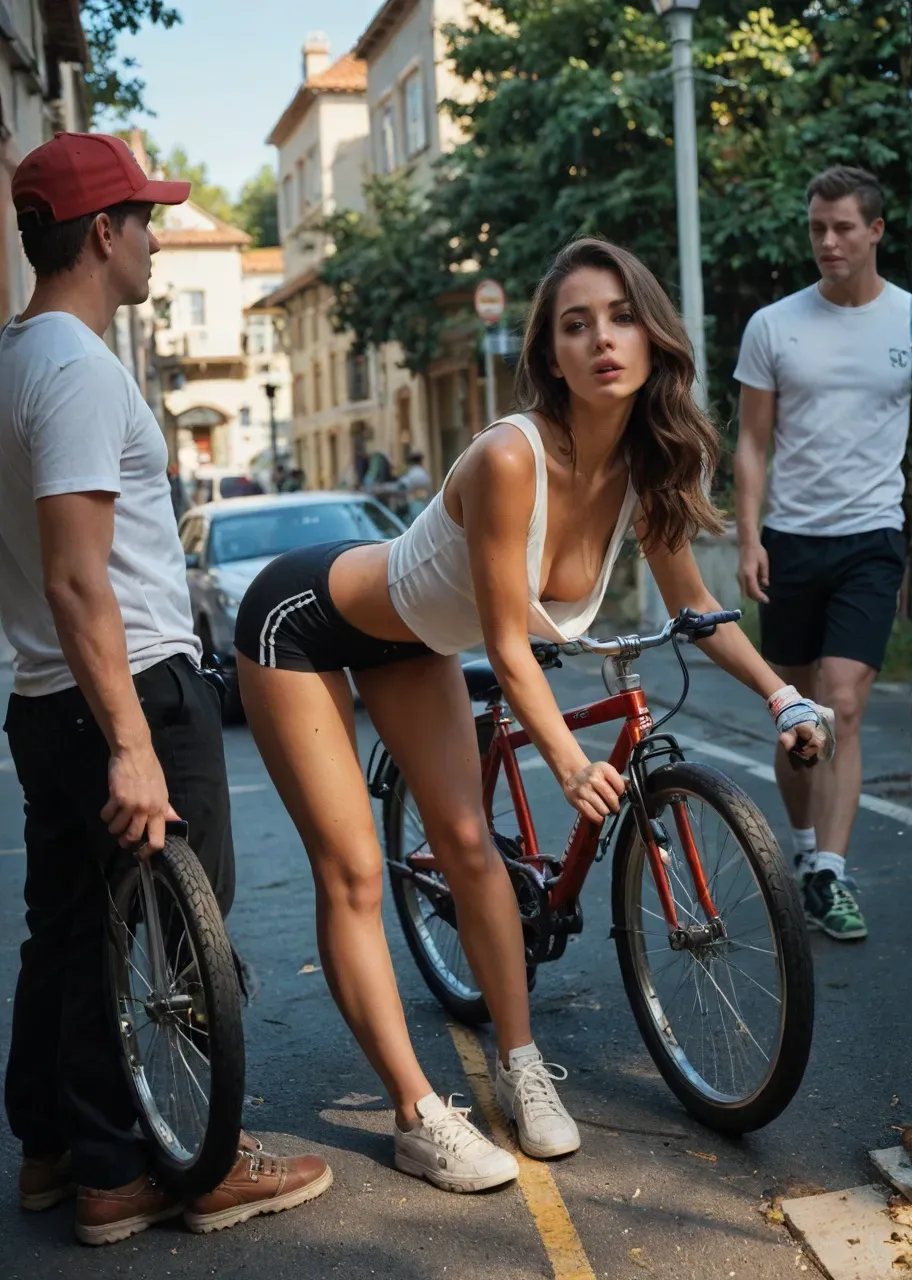
It’s intentionally practical: quick pointers, links to official docs when needed, and small checklists you can run through while evaluating results. I also added a few simple prompts/workflows that reveal weaknesses fast — things like challenging lighting transitions, layered motion, and surface reflections. If a tool handles those gracefully, it usually does well in everyday use.
If you’ve been experimenting, I’d love to hear what made the “realism click” for you. Was it motion? Lighting? Something else entirely, like color variance or sound design on top? Feel free to test some of the suggestions above and compare notes. In my case, adjusting light direction and adding slight timing irregularities made the biggest jump. Small touches, big payoff.
